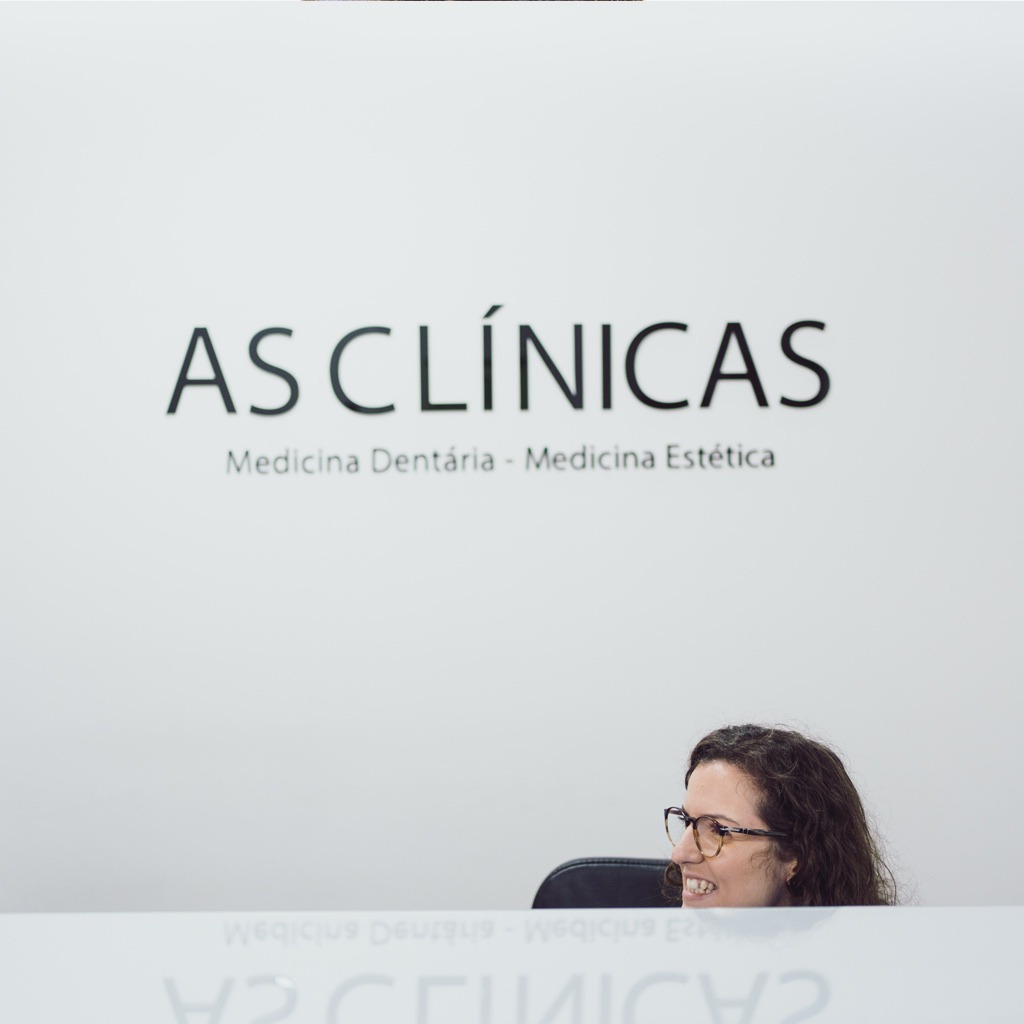Hyperhidrosis or hypersudoresis refers to excessive sweating which generally affects areas of the body such as the armpits, palms and soles. This is a fairly common problem, which impairs the quality of life of those who suffer from this condition. It is often not possible to identify the origin of this problem, but it can be aggravated by factors such as stress. In more severe cases, this condition can even lead to a psychological disorder. This is because the patient may develop inappropriate and obsessive behaviors aimed at camouflaging or disguising the signs of this problem. Feelings of shame and low self-esteem can even lead to situations of social isolation and phobia, which can develop into emotional problems and even depression. At the same time, hyperhidrosis can also encourage the growth of bacteria or fungi on the skin; lead to infections; and macerate the skin. The good news is that there are now simple and effective treatments to solve this problem and restore the patient’s physical and psychological well-being. So, if you think you sweat excessively, then it’s time to be seen by a doctor who is able to assess and diagnose the situation, in order to determine the most appropriate therapeutic approach for your case, depending on the signs you show. There are two main types of hyperhidrosis: Hyperhidrosis can affect men and women of different ages. This treatment, which involves the application of toxin, can be carried out by anyone who suffers from this problem and does not want to undergo a surgical procedure to remove the sweat glands. There are several possible approaches to a case of hyperhidrosis. Initially, the use of antiperspirants may be recommended. However, when these don’t prove to be effective, the application of toxin is the right option, as it can non-invasively treat excessive sweating in areas of the body such as the armpits, hands or feet. Finally, there is also the possibility of surgery, i.e. sympathectomy, which involves two or three axillary incisions, but has a high incidence of recurrence. It’s important to stress that it’s important to consult a specialist doctor who is qualified to treat this condition, in order to ensure that a precise and accurate diagnosis is made and that the treatment for hyperhidrosis is the right one for the patient in question. The application of toxin can almost completely eliminate the production of sweat in the treated area, thus improving the patient’s quality of life. However, you should be aware that the effects of this procedure are temporary, lasting an average of 6 to 9 months. Therefore, to ensure that the hyperhidrosis problem does not return, the treatment should be carried out once or twice a year. In this regard, it’s worth pointing out that, in addition to the risks inherent in any surgery, surgery can have the side effect of compensatory hypersudoresis, i.e. after the surgical procedure the patient may start sweating in areas of the body where they didn’t sweat before. Bearing this in mind, surgery should only be chosen in the most serious situations, i.e. in cases where other non-invasive treatments have not proved effective. Surgery is also indicated for patients who want a permanent solution to the problem, without the need for regular maintenance. We reply within a maximum of 24 working hours. Hyperhidrosis
What types of hyperhidrosis are there?
Who can benefit from hyperhidrosis treatment with toxin?
Why is treatment of hyperhidrosis with toxin a widely used procedure?
What results are achieved with toxin treatment for hyperhidrosis and how long does it last?
When does it make sense to consider surgery?
Frequently Asked Questions
BOOK YOUR APPOINTMENT ONLINE
Contact us






